This year has been significant for Canon. In March, its EOS system, launched in 1987 with the EOS 650, marked its 35th anniversary. Recently, we welcomed the Canon EOS R7 and R10, two accessible yet powerful mirrorless cameras.
While Canon’s EOS brand is globally recognized, its impact on photography extends beyond just the ‘Electro Optical System’. We’ve decided to reflect on Canon’s 84-year legacy and highlight its most remarkable cameras. If there’s anything that excites us as much as a new camera, it’s an older one!

Moreover, no company showcases the evolution of modern photography quite like Canon, from its early days when photography became mainstream right through to recent advancements.
From the 1934 Canon Hansa (which is currently valued at around $7,000 / £7,000 if you have one lurking in storage) to the EOS R7, Canon has captured images through two World Wars, 20 Olympic Games, numerous world leaders, and countless family moments.
Tracing Canon’s heritage takes you through a spectrum of photography, from battery-free cameras to today’s advanced digital models, reflecting both consumer and professional preferences.
We’ve compiled a list of 10 of Canon’s most iconic cameras from both film and digital eras. How many have you owned, and which ones would you add to our compilation?
Top Canon Cameras of All Time
10. Canon EOS 3 (1998)

- Why it’s a classic: it served as the perfect hybrid for professional and amateur photographers alike
Times have changed. There was a 23-year gap between the Canon EOS 3 and the more recent EOS R3. However, while Canon lacked a digital option in the 3-series for some time, the EOS 3 was a fascinating model that bridged the gap between its professional and consumer cameras.
To begin with, the EOS 3 was remarkable for its autofocus capabilities, featuring a system so advanced that it could almost be seen as magical. It had the most sophisticated autofocus of Canon’s cameras, both digital and film, outside the EOS-1 series until the EOS 5D Mark III arrived.
With 45 autofocus points, it offered a great deal of compositional flexibility. Additionally, it was the last of Canon’s models to feature eye-control AF, letting users select an autofocus point simply by looking at it while using the viewfinder. This feature disappeared from Canon cameras until the introduction of the EOS R3.
Another professional highlight was its ability to shoot at 4.3 frames per second, increasing to 7fps when the Canon Powerdrive Booster was attached.
And here’s a fun fact for camera enthusiasts: the EOS 3 shares many design elements with the subsequent Canon high-end digital models. Its mount stayed consistent until the RF mount emerged, along with the control layouts, autofocus features, and how shooting data was displayed in the optical viewfinder. This consistency, along with superior image quality and lens options, helped photographers smoothly shift from film to digital – making the EOS 3 a symbol of that transition.
9. Canon PowerShot G1 (2000)

- Why it’s a classic: it packed DSLR-like power into a portable form
Let’s take a moment to remember the compact camera era. Emerging from the decline of point-and-shoot film cameras, models like the PowerShot G1 and the Canon Ixus series have largely vanished, replaced by smartphones and advanced mirrorless options.
In 2000, the PowerShot G1 significantly contributed to the popularity of digital cameras. While it wasn’t cheap, it represented a more budget-friendly way for enthusiasts to dive into high-quality digital photography compared to digital SLRs.
Boasting a 1/1.8in CCD sensor with 3.24 megapixels, it could operate at apertures ranging from 50 to 400. For eager photographers, it featured a manual mode and a versatile 3x optical zoom (equivalent to 34-102mm in 35mm terms). It also had a hotshoe on top, enabling the use of external flash units. Additionally, it could capture images in both raw and JPEG formats.
Some of its features were quite ahead of their time, like the vari-angle screen. Others, however, were phased out as compact cameras evolved. Notably, it had a top-mounted LCD screen for displaying current settings, which allowed users to adjust their camera and compose shots through the viewfinder without relying on the energy-consuming 1.8in rear display.
8. Canon EOS R3 (2021)
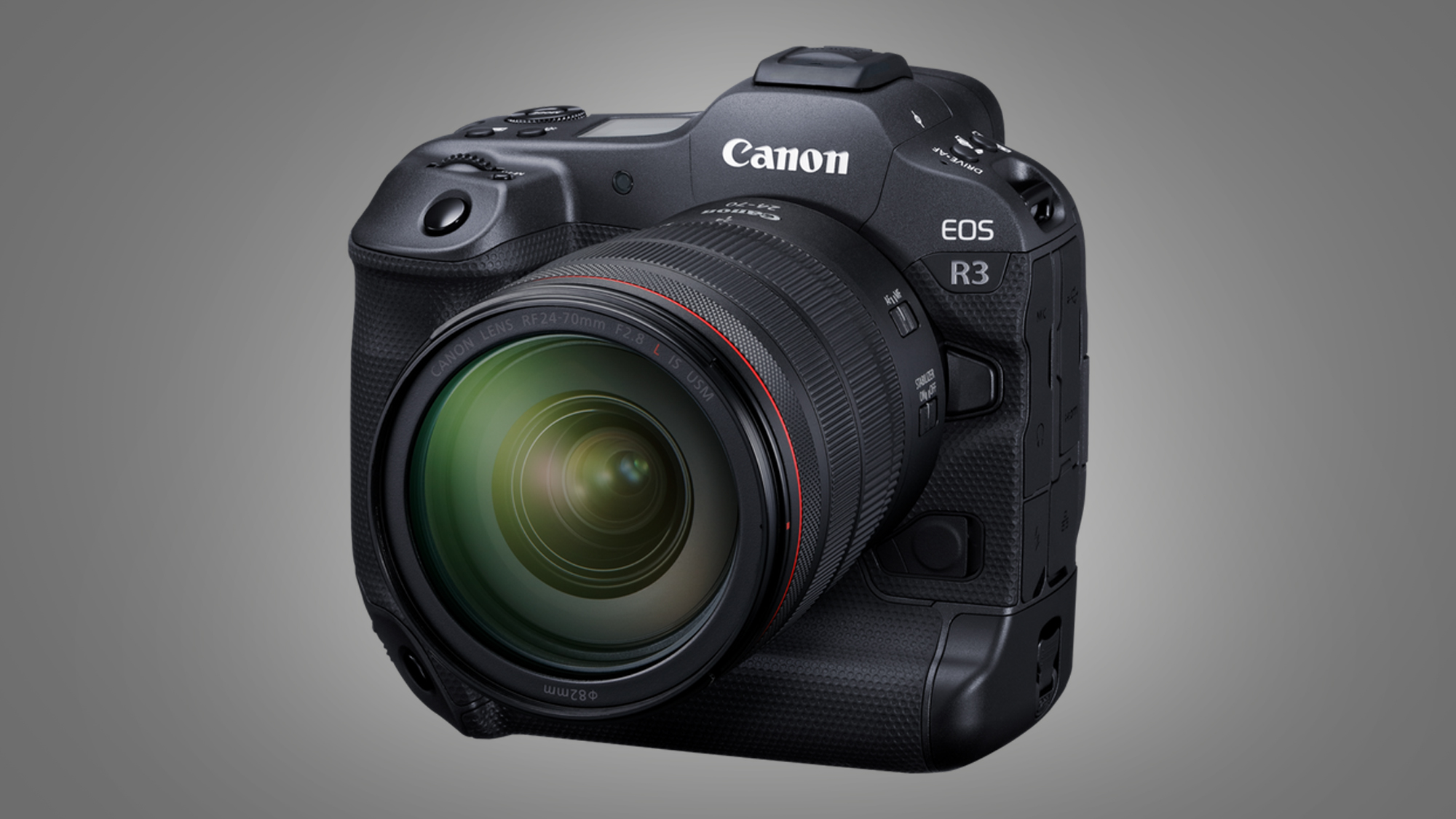
- Why it’s a classic: it’s one of the most powerful (and best) cameras ever made
This camera is so sought after that by summer 2022, it was nearly impossible to purchase. The EOS R3 showcases Canon’s exceptional capabilities by putting forth every ounce of its innovation into this one device.
Canon’s elite professional models have long been a dream for both novice and experienced photographers – from the original EOS-1D X to the 1D X Mark III and EOS 5D. The R3 is now a dream camera for many photographers, regardless of their preferred style.
It boasts impressive specs: with the mechanical shutter, the EOS R3 captures full-frame 24.1MP images at 12 frames per second, and with the electronic shutter, up to 30 frames per second. Its ISO sensitivity reaches up to an astounding 204,800. Plus, like its counterparts EOS R5 and R6, the R3 features an exceptionally advanced autofocus system that can accurately track people, vehicles, and animals in a variety of lighting conditions. It also supports impressive video capabilities, recording up to 12-bit, 6K RAW or 10-bit 4K video.
But let’s not overlook the camera’s build quality. Canon has consistently made cameras tough enough for heavy use, and the R3 – even more so than the R6 or R5 – excels in this area. It’s designed to withstand dust, water, and shocks, and is Canon’s first full-height mirrorless camera with an integrated grip. This enhances comfort and stability, which is especially beneficial for video creators.
But what about the EOS R3’s impact? This model signifies that Canon’s mirrorless ambitions are serious; it’s designed primarily for professional use. While the R5 and R6 are also targeted at pros, the R3’s added weight, size, and cost deter casual users, making it a remarkable showcase of Canon’s commitment to the mirrorless future.
7. Canonflex (1959)
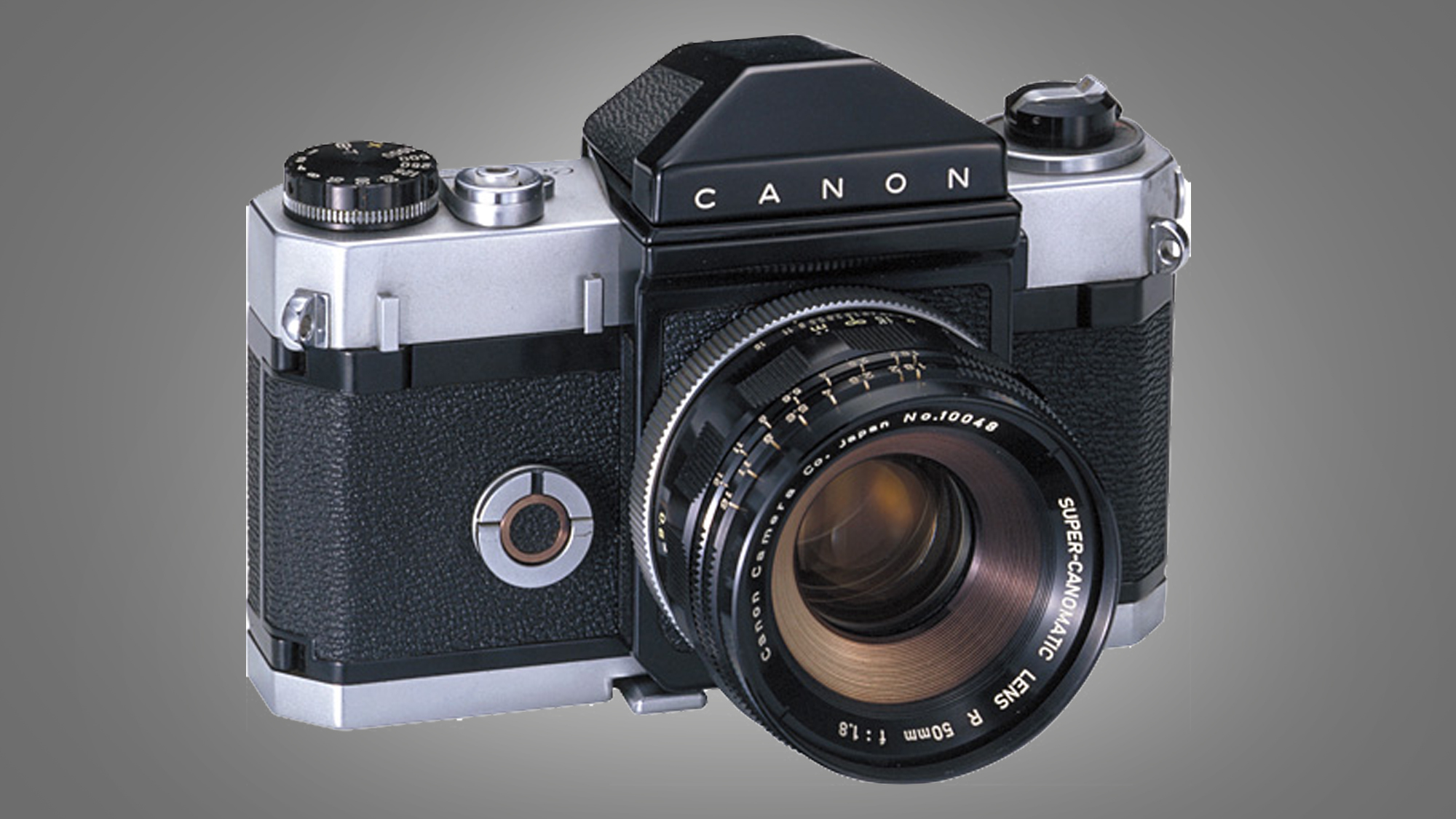
- Why it’s a classic: it was the SLR that started it all
Now, let’s revisit true innovation. Forget about your initial digital SLR or your first autofocus camera – the Canonflex is the original game-changer. Launched in 1959, it was Canon’s first Single Lens Reflex camera, marking the decline of rangefinders.
Considering its groundbreaking features – allowing photographers to see precisely what would hit the film – the Canonflex already resembled modern DSLRs. It included a top-mounted shutter speed dial, film winder, a shutter release button, and an interchangeable viewfinder, adaptable for various angles. Unlike later models, the film winder was at the bottom.
It operated entirely manually – lacking autofocus and even an exposure meter, requiring a separate light meter or Canon’s clip-on selenium meter. Those who waited until 1962 could opt for the Canonflex RM that included a built-in meter, leading to frustration for earlier purchasers.
6. Canon EOS-1D C (2012)
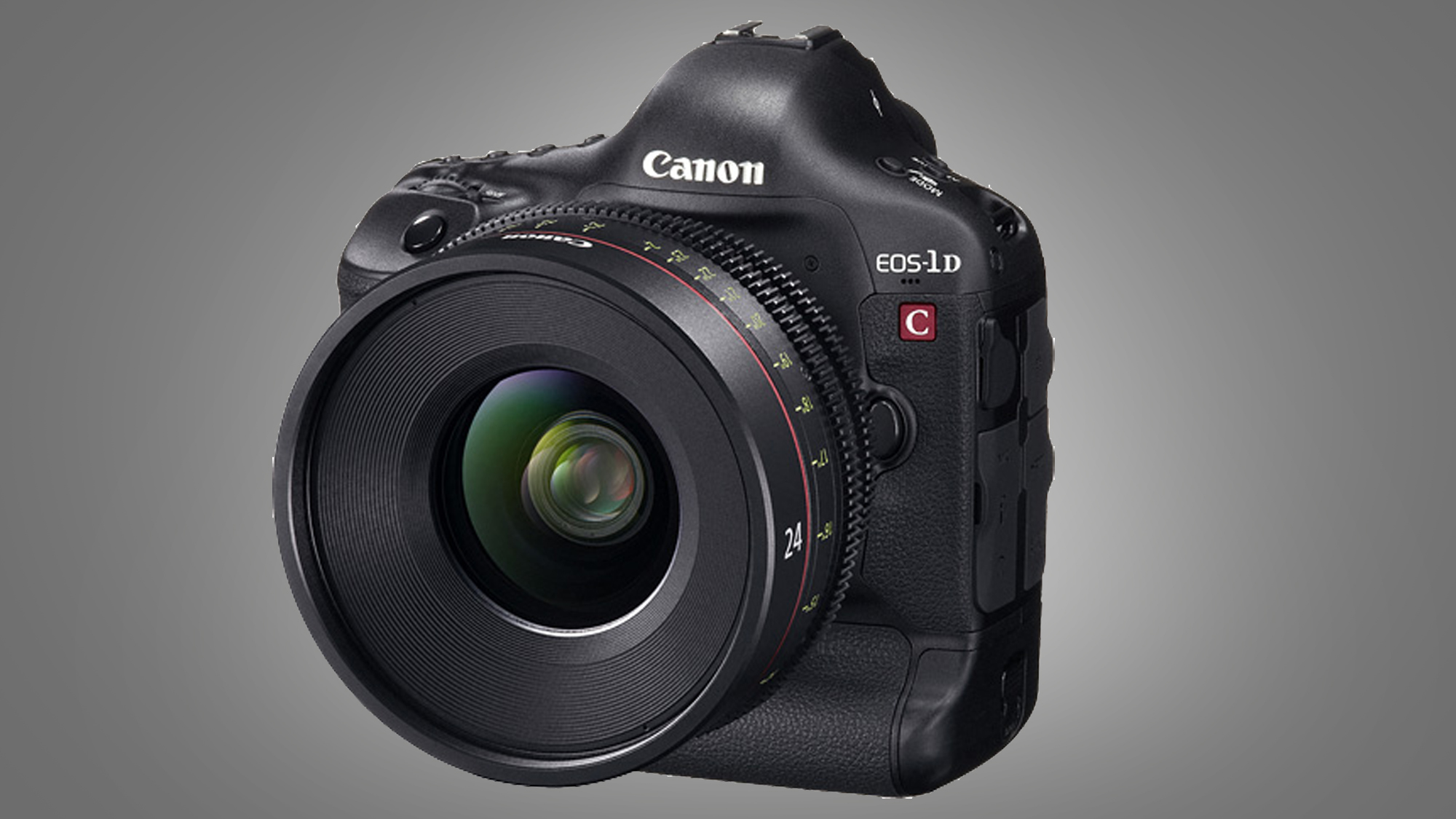
- Why it’s a classic: it was Canon’s first hybrid Cinema range DSLR
The letter ‘C’ in Canon cameras signifies their Cinema line – top-tier filmmaking equipment commonly used in television, film, and documentary work.
This series hosts many iconic models like the EOS C200, C300 Mark II, and the renowned C700 FF. Unlike them, the 2012 EOS-1D C was Canon’s initial entry into the Cinema line without the boxy design used previously. Instead, it adopted the body of the original EOS-1D X with essential modifications to cater to on-set needs.
It was noteworthy for being the first DSLR capable of recording 4K video at 24 and 25 frames per second without a recording limit. Another appealing aspect was its capability to shoot in LOG, which maximized dynamic range.
However, limitations existed; although it had a full-frame sensor, 4K video was only recorded using an APS-H portion of that sensor, which resulted in increased focal lengths and reduced depth of field. Its price tag of just under $15k / £20k also limited its market to high-end filmmakers.
Nonetheless, the EOS-1D C carved a unique niche for Canon and showed their grasp of how the visual arts were evolving. With a new generation of hybrid shooters capable of producing high-quality stills and video, the EOS-1D C – along with more affordable models like the EOS C70 and EOS R5 C – continues this legacy.
5. Canon EOS R5 (2020)
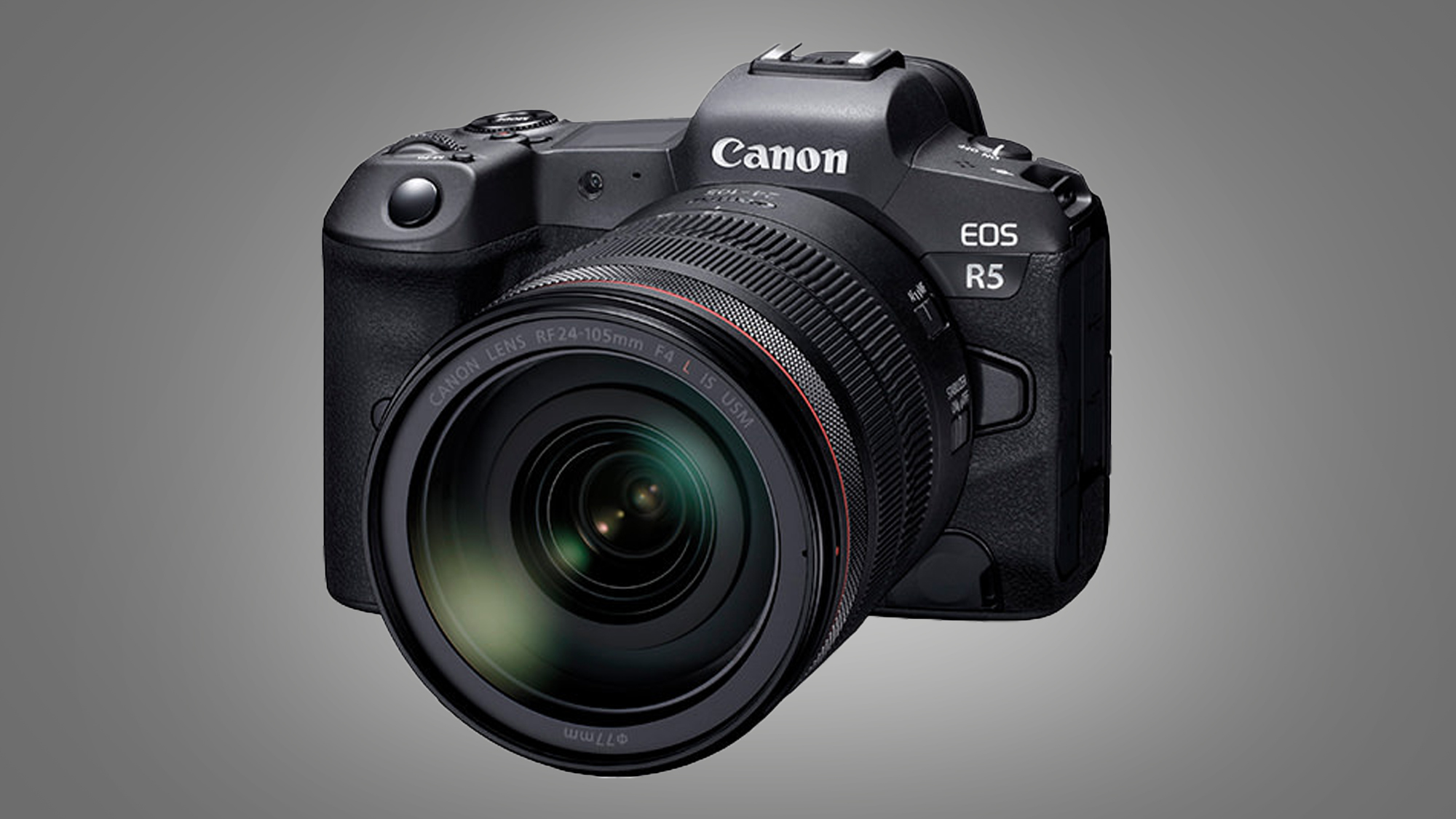
- Why it’s a classic: it’s the best RF-mount camera so far
We had mixed feelings about this placement – should the original EOS R take this spot? Certainly, while the EOS R5 surpasses it in many aspects – speed, resolution, and video capabilities – the EOS R is Canon’s first RF-mount camera. If this mount proves as durable as its predecessor, the EOS R may ultimately hold greater historical significance.
However, the EOS R5 is clearly the superior camera. For countless photographers, both amateur and professional, it stands out as a landmark achievement in camera history. One notable aspect of…
The term suggests that this camera is either a deliberate or unintentional successor to the EOS 5D series.
Additionally, it incorporates nearly every technical feature you’d want from a camera in 2022, including 45 megapixels, 20 frames per second with the electronic shutter (12 fps with the mechanical shutter), and over 5,000 autofocus points. It also boasts an extraordinary detection and tracking system for animals, humans, and vehicles. And we haven’t even touched on the video capabilities – it offers up to 8K raw for those invested in high-capacity storage, or 10-bit 4K up to 100 fps.
This is all delivered with Canon’s renowned full-frame precision and color science. While it’s true that the EOS R6, R, RP, and EOS R3 each have their strengths, the EOS R5 firmly communicated to both Canon fans and rival brands that mirrorless technology has taken root, and Canon is fully committed to it.
4. Canon EOS D30 (2000)

- Why it’s a classic: It was Canon’s first in-house digital SLR.
We consider the EOS D30 to be Canon’s first digital SLR. However, before the D30 launched in 2000, Canon had collaborated with Kodak for years to adapt film bodies to digital photography, including the 6MP EOS D6000 and the less-than-attractive EOS DCS 1, which was significantly bulkier due to its design.
The EOS D30 was a 3.25MP camera created specifically as a digital device—unlike earlier models that just replaced their film mechanisms with digital sensors. It featured an APS-C sensor capable of ISO settings from 100 to 1600, with a maximum burst rate of three frames per second.
In terms of design, it was quite similar to its film camera counterparts, requiring sharp observation to notice differences when compared to models like the later Canon EOS 40D or 50D.
Almost identical—turn it around and you’d find a modest 1.8-inch review monitor with just 114,000 pixels, which may not seem like a great deal on a $3,000 / £3,000 camera. However, being able to instantly view a shot after saving it to a memory card in 2000 was revolutionary, akin to watching a pig fly.
3. Canon EOS 650 (1987)

- Why it’s a classic: Its timeless design and the introduction of a crucial piece of camera technology.
At first glance, the EOS 650 appears to be a standard single-height, 35mm film camera. Released in 1987, it may not seem groundbreaking by today’s standards. It could shoot at a maximum of 3 fps due to its motorized film winder and offered TTL metering, all priced around $830 / £620 / AU$1,140 in today’s currency.
However, what made the EOS 650 stand out was its lens mount. Before this model, Canon had relied on the FD mount—a predominantly manual system used for nearly two decades. The EOS 650 introduced the EF mount—an electronic-only system that eliminated body-mounted autofocus motors in favor of rapid data transfer between the lens and the camera.
This innovation set a new standard, and its design has endured remarkably well. Canon launched the RF mount (the EF mount’s successor) in 2018, meaning the EF mount was the go-to for countless photographers for over 30 years.
The EF mount transitioned seamlessly from film to digital, adapting to hybrid video capabilities and embracing significant improvements in image quality and data handling technology. It remains a remarkable piece of photographic engineering, enriching the world of photography. Kudos to the innovators.
2. Canon EOS 5D Mark II and EOS 5D (2008, 2005)
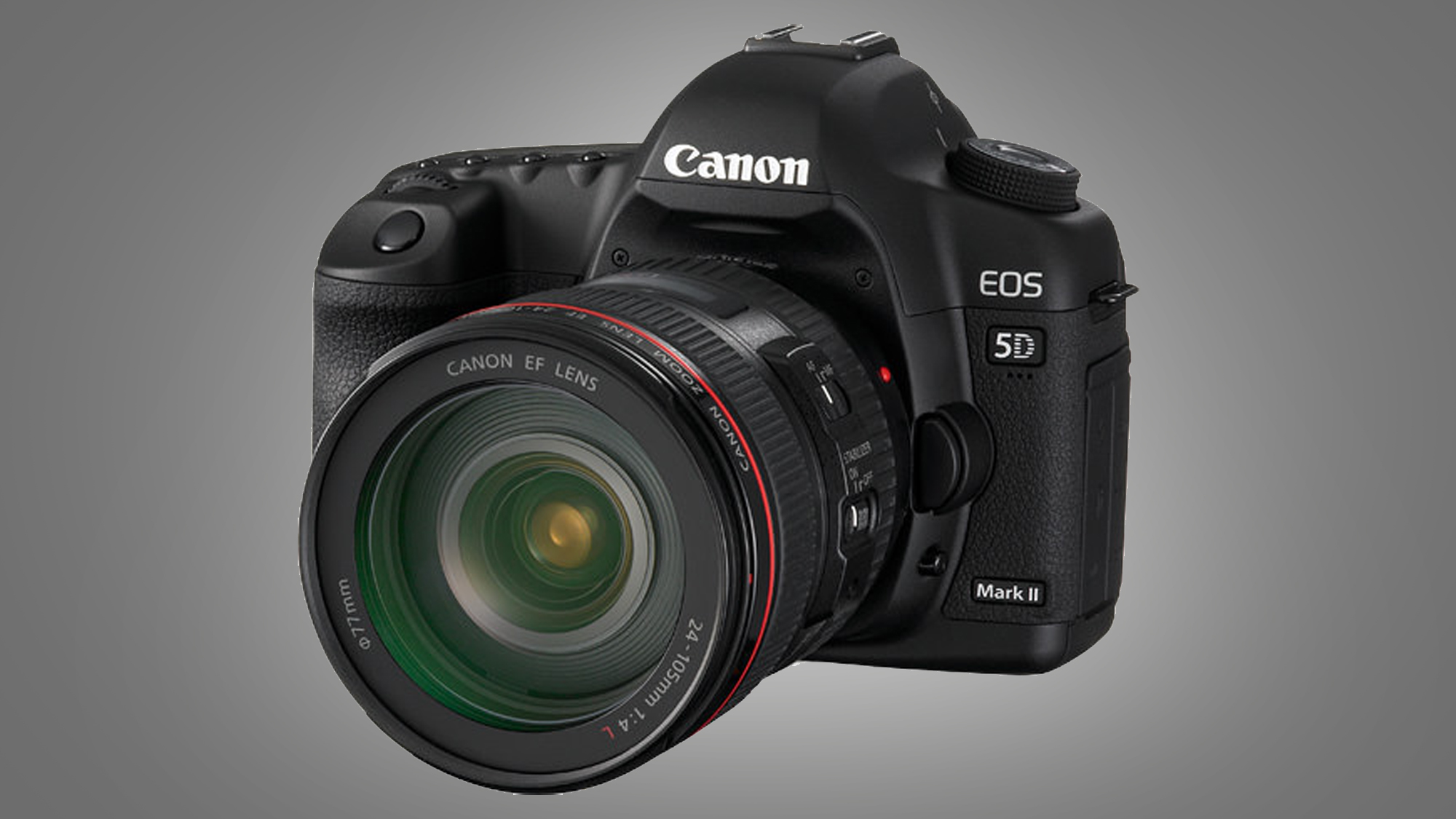
- Why it’s a classic: Exceptional build quality and the introduction of Full HD video in full-frame DSLRs.
We’ve taken a slight liberty by combining the EOS 5D and EOS 5D Mark II into one mention, as each holds classic status. The EOS 5D was notable for being Canon’s first half-height DSLR—meaning it had no built-in battery grip. Although ‘affordable’ is a stretch, it made full-frame photography accessible to a wider audience. Photographers loved it—full-frame capabilities offered shallower depth of field, superior performance at high ISOs, and overall better image quality.
Its design was rock-solid—the continuity in design from the 2005 original to the 2016 EOS 5D Mark IV underscores that Canon hit the mark right from the start.
The first 5D featured a powerful 12.8MP sensor and a maximum ISO of 3,200, quickly becoming popular among studio photographers worldwide. Many wedding photographers consider it indispensable to have some form of the 5D on hand for their shoots.
It wasn’t without its flaws—9-point autofocus was quite basic even at its launch, and its top speed of just 3 fps was limiting; that’s where the EOS 5D Mark II from 2008 improved nearly every aspect, offering 21.1MP resolution, 4 fps speed, and a maximum ISO of 25,600. Most notably, it also introduced video recording.
The EOS 5D Mark II was Canon’s first DSLR capable of shooting high-quality 1080p video at 30 or 24 fps. It received widespread acclaim; a 2010 episode of House and parts of The Avengers were famously filmed using this camera.
1. Canon AE-1 (1976)
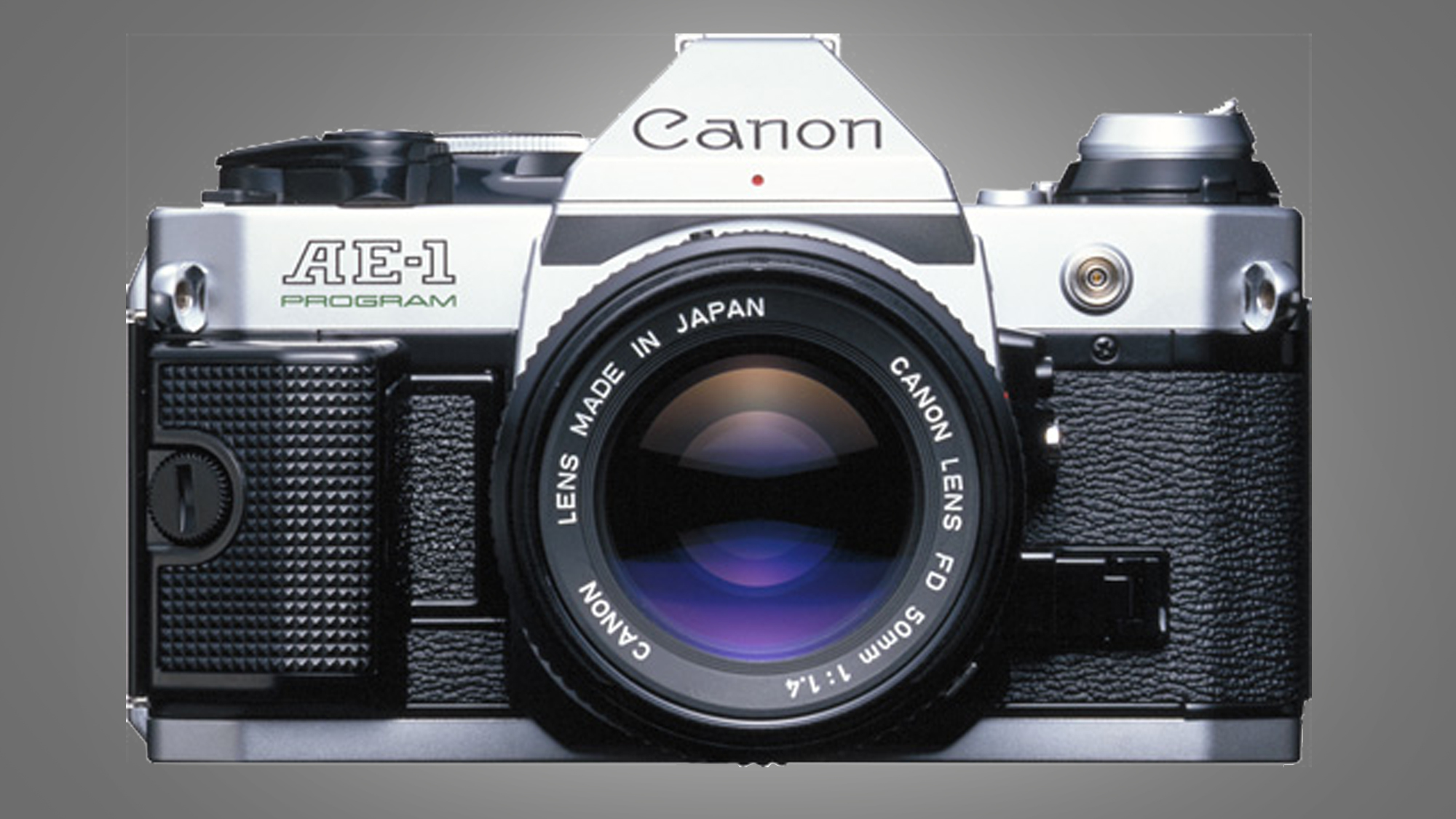
(Image credit: Canon Camera Museum)
- Why it’s a classic: its design, features, and heritage make it a true icon
The AE-1 might seem familiar due to its sharp angles, stunning silver finish, and leather-like materials, which have become staples in camera design for decades.
First introduced in 1976, it’s still a common sight – the AE-1 sold like hot cakes, with nearly six million units shipped by Canon before its production ended in 1984. The high production numbers, combined with Canon’s renowned build quality, mean that a stroll through any trendy coastal town often reveals a few of these beloved 35mm auto-exposure cameras.
Did we mention auto-exposure? We did! This camera was the first SLR to feature a microprocessor, which ensured user-friendliness. Plus, its reasonable price cemented the AE-1’s legacy in photography history. It uses Canon’s FD-mount, limited to manual focus, supporting a variety of lenses ranging from the affordable 50mm f/1.8 (which is typically bundled with the AE-1) to the impressive, hefty FD800mm f/5.6L.
In action, it’s a delight to use. While you could opt for an electrical Power Winder to shoot at a rapid 2fps, many modern analog photographers might prefer the tactile satisfaction of manually winding the film after each shot. Similarly, rewinding involves unfolding the lever on the camera’s left side and manually rewinding the film into its cartridge.
Notable Mentions
We couldn’t include every amazing Canon camera here or capture the full spectrum of its offerings. To acknowledge some lesser-known yet remarkable creations (and to appease their passionate owners), here are a few Canon gems that almost made the list.
Canon EOS Ra (2019)
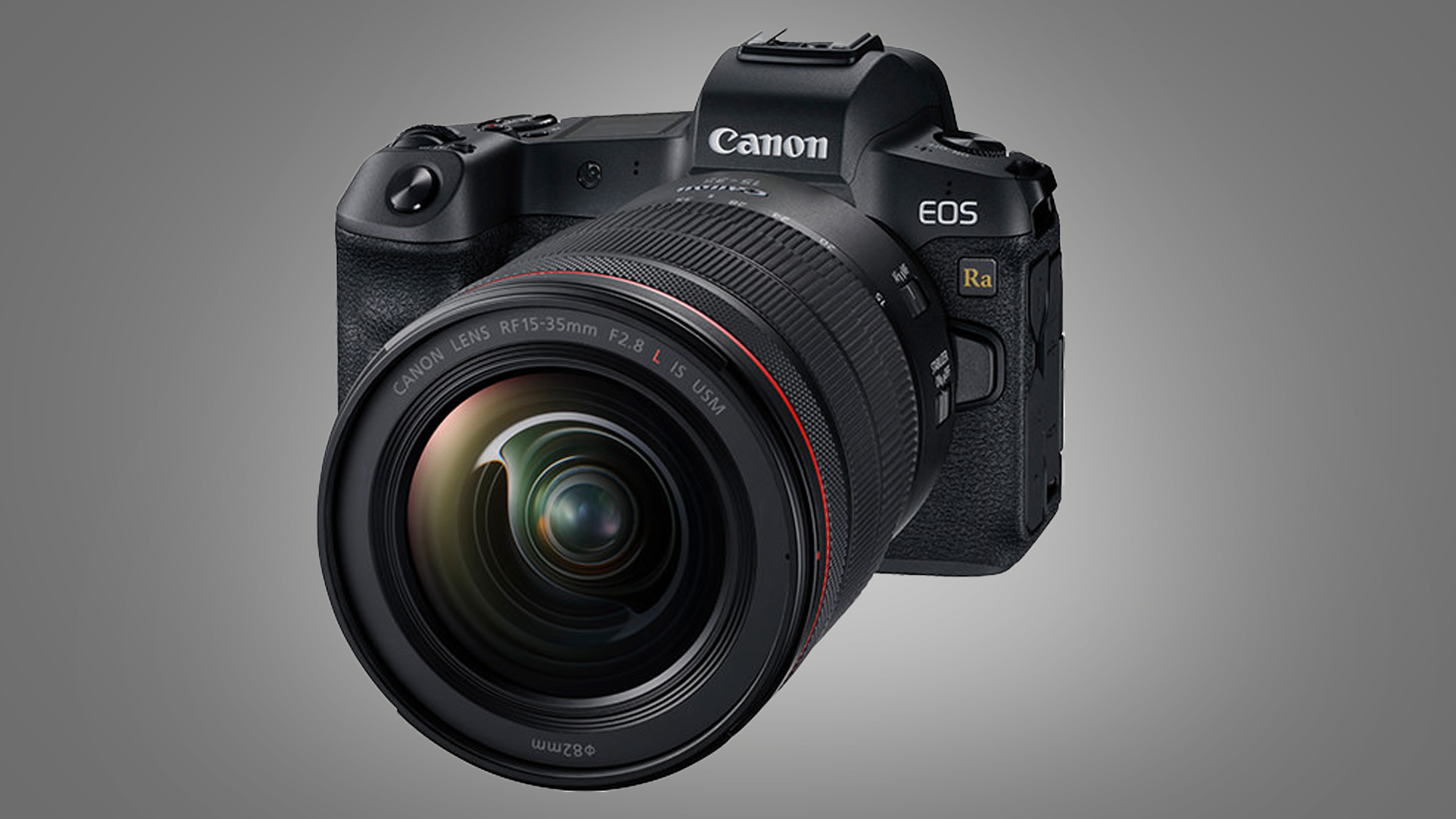
The EOS Ra was discontinued almost immediately after its launch. It’s a tweaked version of the EOS R, where the ‘A’ signifies “astronomy.” Its modified infrared filter allows it to capture over four times more light at hydrogen alpha wavelengths, providing astrophotographers with more detailed images of deep space.
Canon VT (1956)
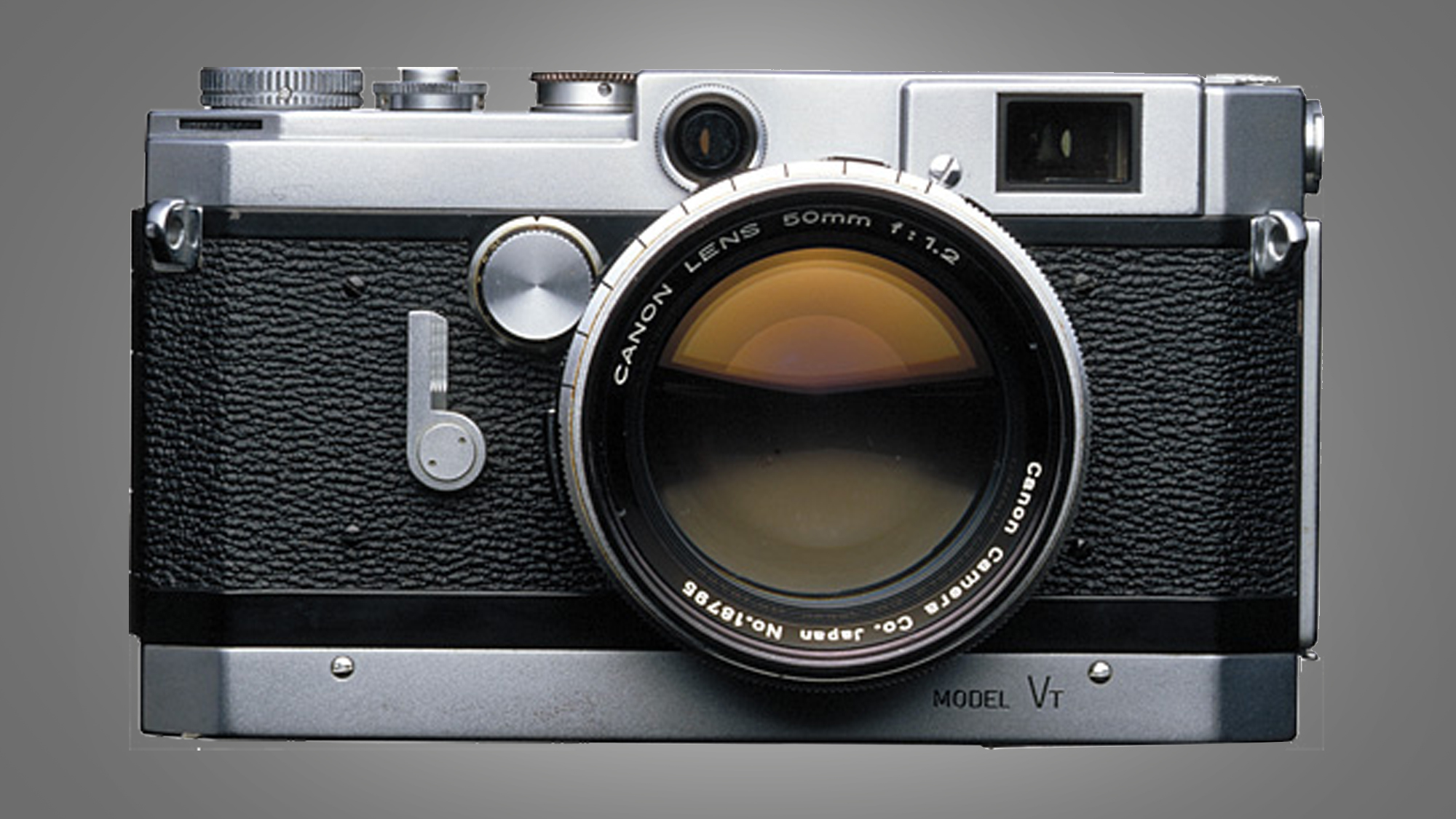
Before Canon fully committed to the SLR market, its rangefinders were notable contenders. The VT model from 1956 was a bold attempt to challenge the dominant Leica in the industry.
Canonet QL17 GIII Rangefinder (1972)
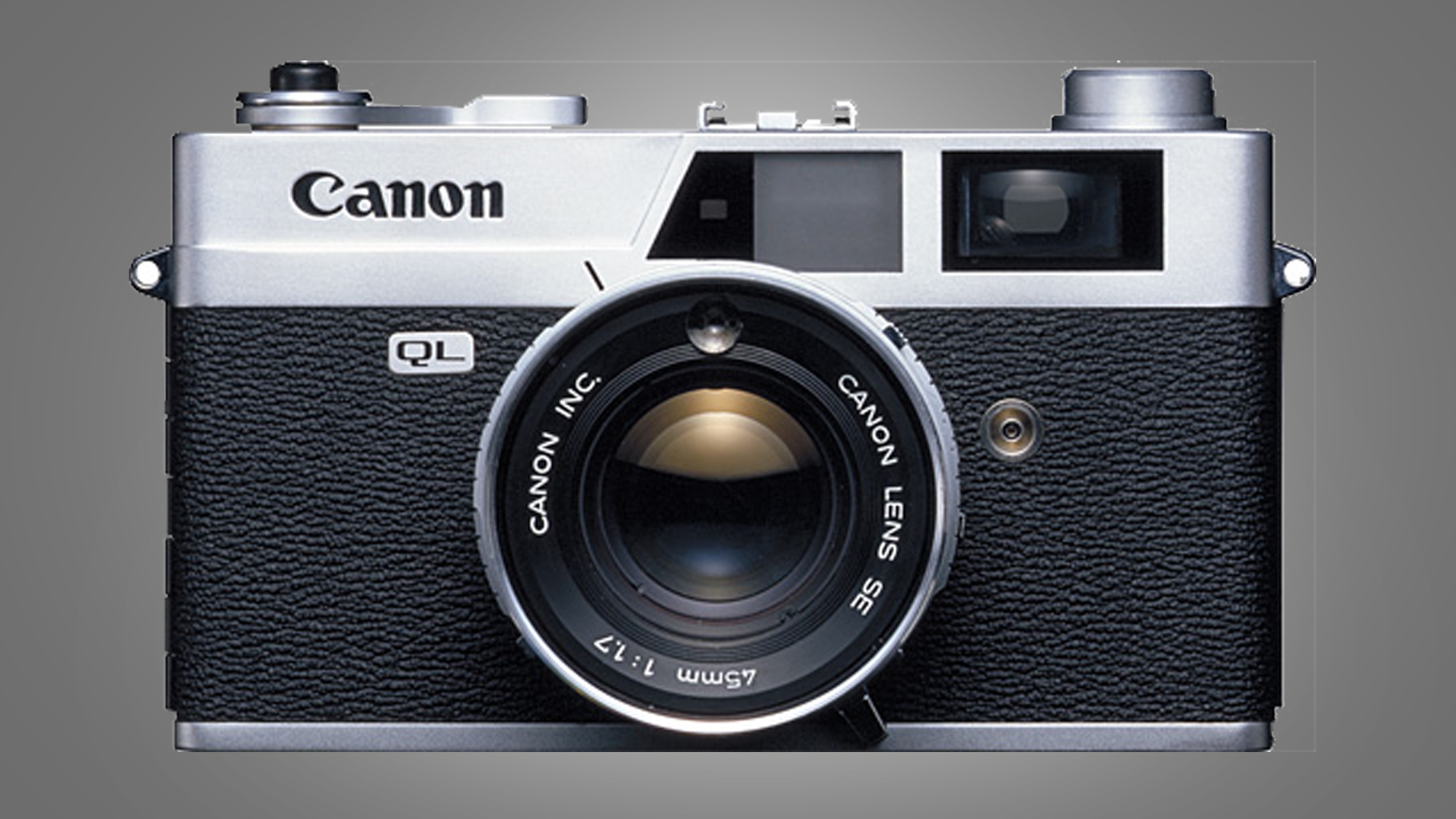
Another notable rangefinder from the 1970s, a time when Canon was intensively entering the SLR realm, but still remembered its roots in rangefinder cameras.
Canon EOS 350D (2005)

This model deserves recognition for being a genuine breakthrough – a well-crafted, affordable APS-C DSLR that appealed to the masses. It’s also personally significant, as it is a stunningly compact camera that delivered quality performance.
Canon PowerShot Pro70 (1999)
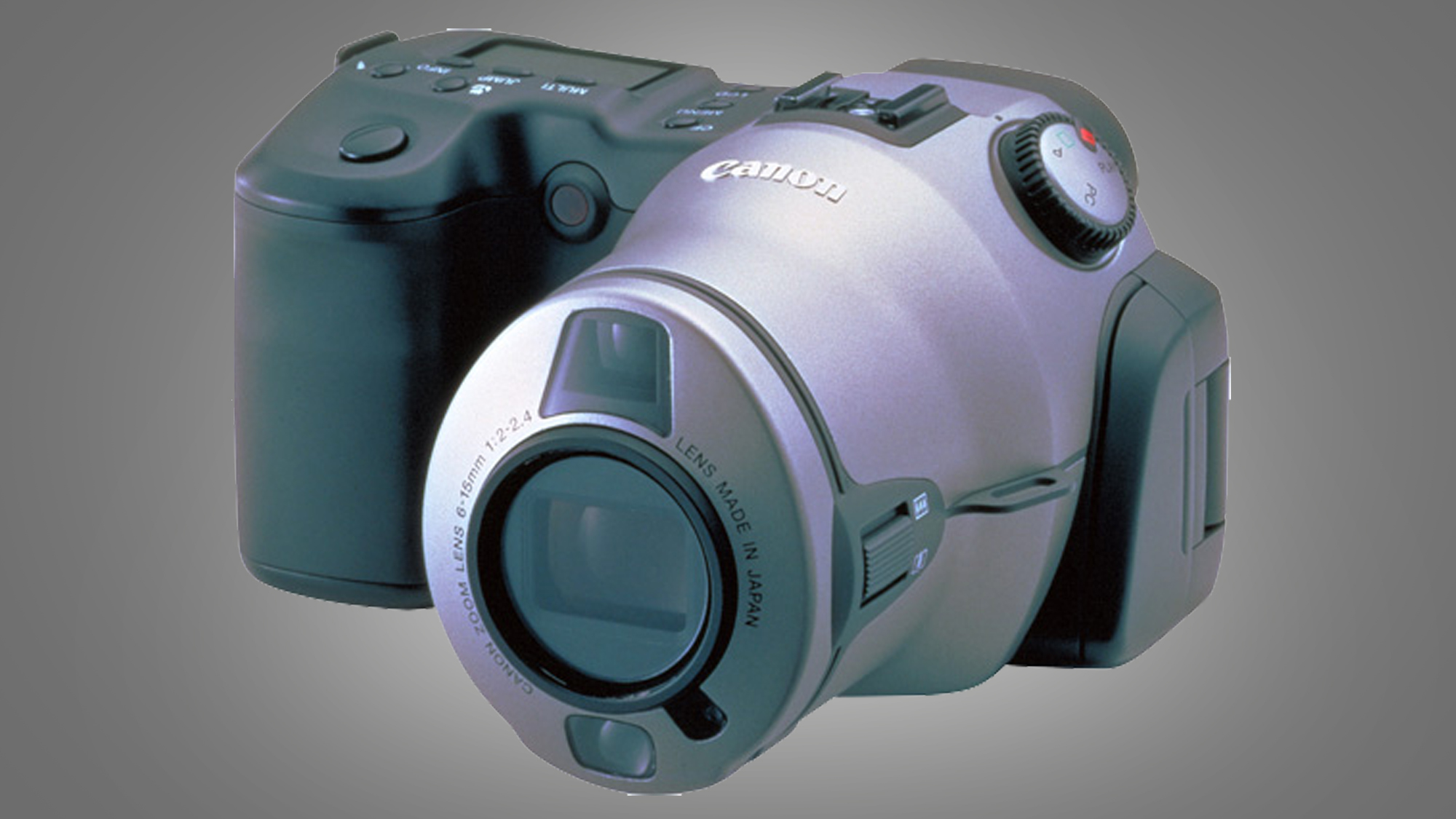
The PowerShot Pro70 is here not just for its ahead-of-its-time specs – with 1.68MP in 1998, it was remarkably advanced – but also for its futuristic design, reminiscent of something from a science fiction film like Wall-E, and we embrace that uniqueness.


